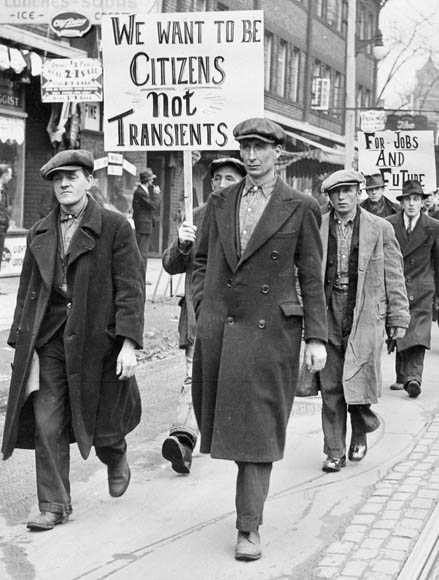

The easiest way to find relevant primary sources is to find them within your secondary sources. They'll be in the citations, as scholarly sources in history use and cite primary sources, and they'll be part of the historical narrative. Look for references to documentary and other primary evidence in your events (a speech was given, a law was passed, a treaty was signed, etc) and look for clues that can lead you to primary sources: newsworthy events, key actors who may have authored an autobiography or reflections, representative images and more.
Once you do your preliminary research and understand the background of your topic, including the key people, places, events, and dates involved, you can start to think about finding primary sources in addition to those found within your secondary sources. Ask yourself:

Without people, there would be no history. When pursuing primary sources, this carefully about who was involved in your event or theme. Whose perspective do you want to discover? Think also of different roles - who was in charge? Who was taking orders? Who was being oppressed? Consider both sides of a conflict - British and German. Monarchists and Communists.
Preliminary research can also identify the key players in an event - who was Prime Minister during this event? Which General led that invasion? Who was arrested during that protest? Having names can help you in a big way: you can find them in the newspapers or House of Commons Reports, you can look for them as 'author' to see if they left diaries, letters, speeches or a manifesto, and you can find their name in the writings or speeches of other leaders of the period.

Here are some frequently used categories of primary sources:

